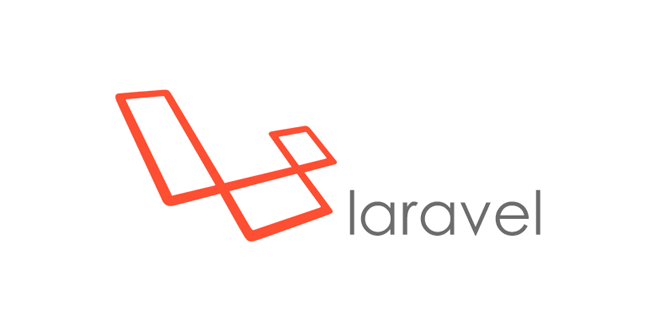Maybe pulling out a few highlights of what separates Laravel Framework from other frameworks in the space. You’ve already called out community and emphasis on the individual Laravel developer, anything else?
See how it works
Up until now, everything I’ve shared here has been entirely abstract. What about the
code, you ask? Let’s dig into a simple application so you can see what working with
Laravel day-to-day is actually like.
Let’s look at
Hello, World
.
Example 1-1. “Hello, World” in routes.php
// File: app/Http/routes.php
< ?php
Route
::get(‘/’, function() {
return
‘Hello, World!’
;
});
If you initialize a brand new Laravel application on your machine, edit the
app/Http/routes.php file and make it look like the preceding example, and then serve the site from the public directory, you’ll have a fully functioning
Hello, World
Example:
It looks very similar to do the same with controllers:
Example 1-2. “Hello, World” with controllers
// File: app/Http/routes.php
< ?php
Route
::get(‘/’, ‘WelcomeController@index’);
// File: app/Http/Controllers/WelcomeController.php
namespaceapp\Http\Controllers;
class WelcomeController
{
public function index()
{
return 'Hello, World!';
}
}
And if we’re storing our greetings in the database, it’ll also look pretty similar (see
Example 1-3).
Example 1-3. Multi-greeting “Hello, World” with database access
// File: app/Http/routes.php
< ?php Route::get('/', function() { returnGreeting::first()->greeting_text;
});
// File: app/Greeting.php
< ?PHP
use Illuminate\Database\Eloquent\Model;
class Bio extends Model
{
protected
$table = ‘greetings’;
}
// File: database/migrations/2015_07_19_010000_create_greetings_table.php
< ?php
use Illuminate\Database\Migrations\Migration;
use Illuminate\Database\Schema\Blueprint;
class CreateGreetingsTable extends Migration
{
public function up()
{
Schema::create('greetings', function (Blueprint $table) {
$table->increments('id');
$table->string('greeting_text');
$table->timestamps();
});
}
public function down()
{
Schema::drop('greetings'
);
}
}
few lines of code, we’ve set up database migrations and models and pulled records
out. It’s just that simple.










